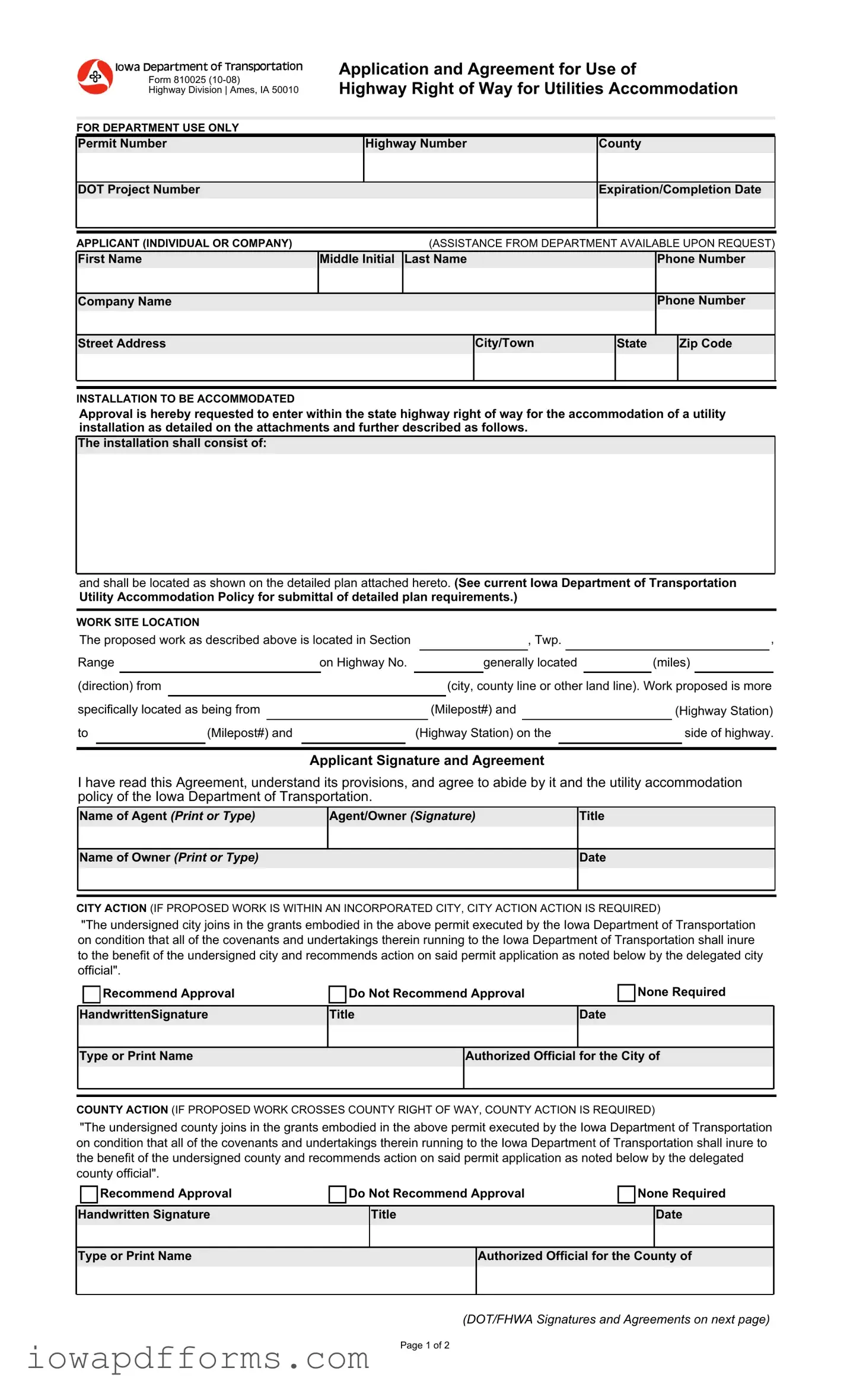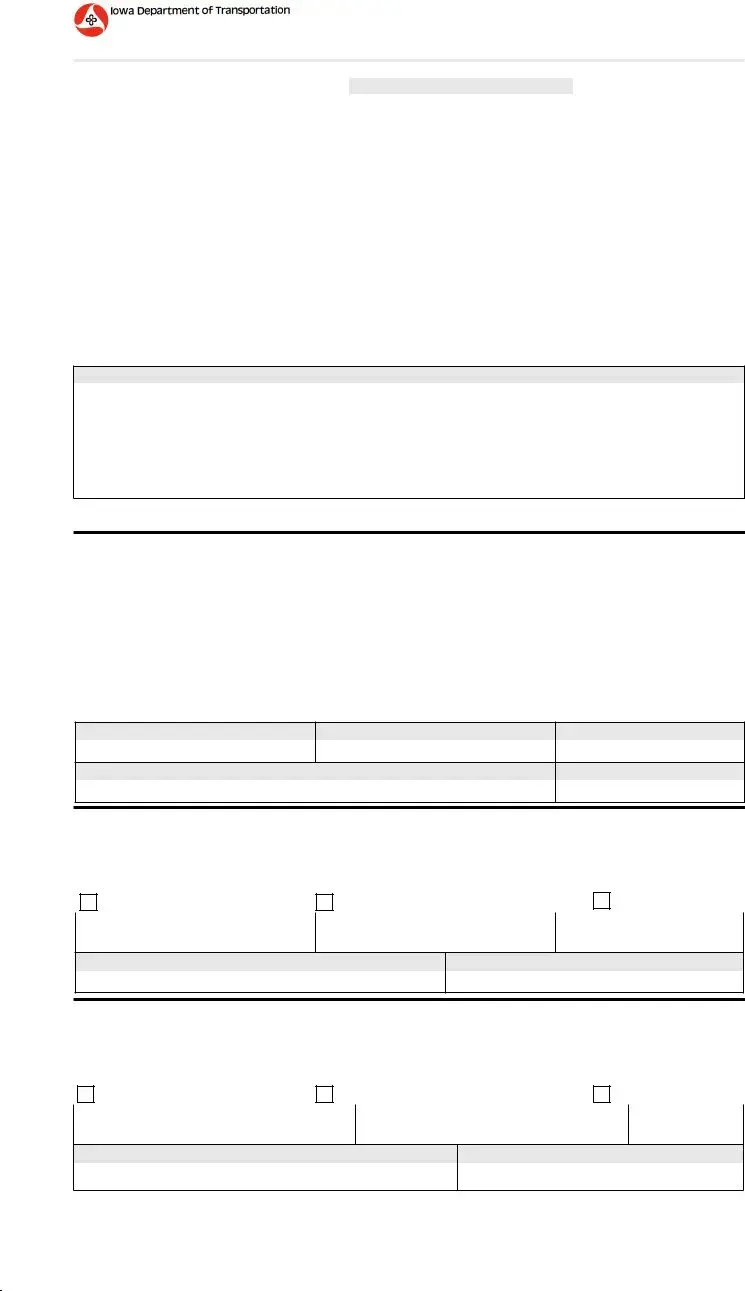The 810025 Iowa form shares similarities with the 1040 federal income tax return form. Both documents are used to report income and calculate tax liability. The 1040 form provides a comprehensive overview of an individual's financial situation, including wages, interest, and dividends, similar to how the 810025 form may capture income specifics relevant to Iowa state tax calculations. Both forms require detailed information about deductions and credits, allowing taxpayers to minimize their overall tax burden.
Another document comparable to the 810025 Iowa form is the W-2 form, which employers use to report an employee's annual wages and the taxes withheld from their paycheck. Like the 810025, the W-2 provides essential income information necessary for tax reporting. Both forms facilitate the accurate calculation of tax liability by ensuring that all income sources are accounted for, thus playing a critical role in the overall tax process.
The 1099 form is also similar to the 810025 Iowa form, particularly in how it reports various types of income other than wages, salaries, or tips. This form is often used for independent contractors and freelancers, capturing income that may not be reported on a W-2. Both the 1099 and the 810025 require taxpayers to report income accurately, ensuring compliance with tax regulations at both federal and state levels.
In addition to the various tax forms discussed, the Texas Real Estate Sales Contract form serves a distinct yet equally important purpose in real estate transactions within Texas. This essential document, utilized by both buyers and sellers, outlines critical information about the property, financing, and closing procedures to ensure a smooth transaction process. To access and fill out the contract necessary for your real estate dealings, visit Texas Documents.
Lastly, the Schedule C form, used for reporting income or loss from a business operated as a sole proprietorship, is akin to the 810025 Iowa form. Both documents require detailed reporting of income and expenses to determine net profit or loss. The Schedule C is specifically tailored for business income, while the 810025 focuses on state tax obligations. However, both forms aim to provide a clear financial picture for tax purposes, ensuring that all relevant income is reported and taxed appropriately.


